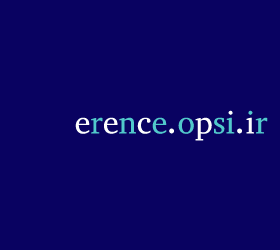Association Mission
Membership
Contact Us
BibTeX | RIS | EndNote | Medlars | ProCite | Reference Manager | RefWorks
Send citation to:
URL: http://opsi.ir/article-1-890-en.html
In dense media the distribution of particles in the media reach sufficient optical density to scatter photons multiple times along the light path, consequently making the light travel paths much longer than in the single scattering case. When traveling through clouds or other dense media, the Lidar signal experiences multiple scatterings and this leads to the attenuation and depolarization of back-scattered signal to the Lidar. The parameter: Depolarization ratio is defined as a measure of the changes in the polarization state of the returned Lidar signal and some information about scatterers can be derived from this parameter. In this paper we have studied the difference between lidar depolarization ratios for linear and circular polarized light in scattering from a dense media comprised of spherical scatterers. We have also used the Stokes vector formalism to show the polarization state of the emitted and received light and calculate the depolarization ratio of the returned signal. The results obtained from this approach can be used in remote sensing and determination of the type of present scatterers based on the calculated depolarization ratio.
| Rights and permissions | |
 |
This work is licensed under a Creative Commons Attribution-NonCommercial 4.0 International License. |









